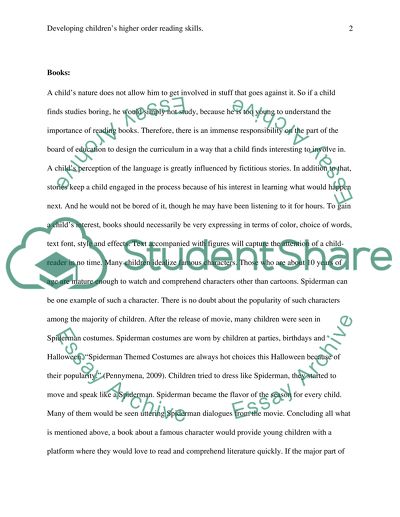Cite this document
(“Development of childrens higher order reading skills Essay”, n.d.)
Development of childrens higher order reading skills Essay. Retrieved from https://studentshare.org/education/1563357-development-of-childrens-higher-order-reading-skills
Development of childrens higher order reading skills Essay. Retrieved from https://studentshare.org/education/1563357-development-of-childrens-higher-order-reading-skills
(Development of Childrens Higher Order Reading Skills Essay)
Development of Childrens Higher Order Reading Skills Essay. https://studentshare.org/education/1563357-development-of-childrens-higher-order-reading-skills.
Development of Childrens Higher Order Reading Skills Essay. https://studentshare.org/education/1563357-development-of-childrens-higher-order-reading-skills.
“Development of Childrens Higher Order Reading Skills Essay”, n.d. https://studentshare.org/education/1563357-development-of-childrens-higher-order-reading-skills.


